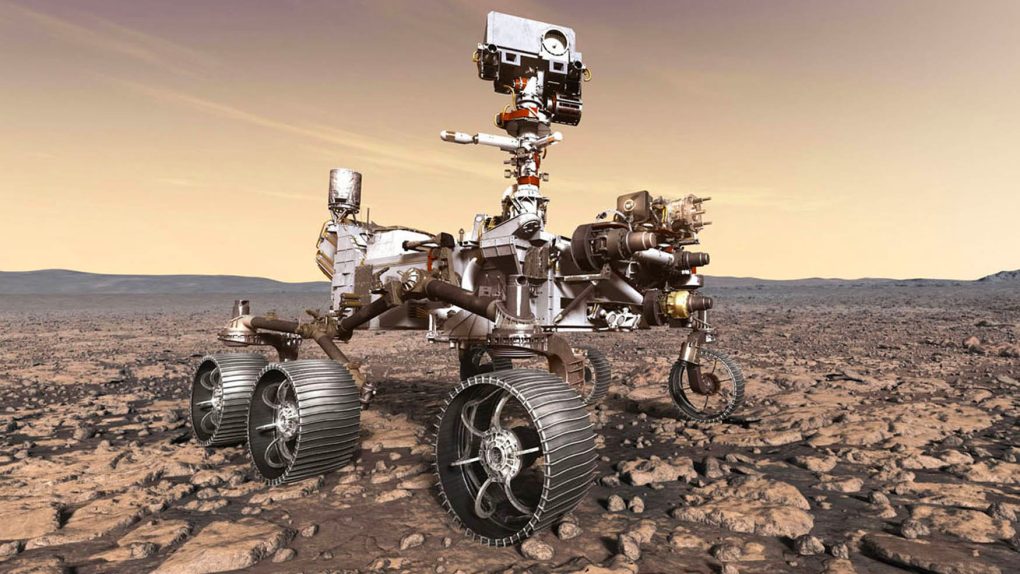NASA’s Perseverance rover successfully touched down on the Red Planet roughly two weeks ago. In the days since its arrival, it has been testing its various systems and instruments in preparation for beginning to tackle its science objectives. One of those objectives is to gather Mars material samples and prepare them for eventual return to Earth. The rover itself can’t accomplish that second half of the task, but now we know how NASA plans to make it happen.
In a new post on NASA’s Jet Propulsion Laboratory website, the space agency reveals that it has awarded a massive contract worth as much as $84.5 million to… oh no… please, don’t tell me… ugh, yep, it’s Northrop Grumman. The same Northrop Grumman that NASA gave $500 million to for the development of the James Web Space Telescope which was supposed to launch in 2007 and still hasn’t seen a launchpad. Great. We’re never getting those Mars samples back.
Okay, let me try to put the past behind us for a moment. The sample return process will require multiple steps, with the first being the preparation and sealing of surface material and other samples by the Perseverance rover. The rover will then drop those samples wherever it wants and, at a much later date, a separate mission including a small “Sample Fetch Rover” will head to Mars along with a lander equipped with Mars Ascent Vehicle.
The rover will find the samples, grab them, and deliver them to the lander. The MAV will then ascend from the surface and meet up with an orbiter circling Mars. At that point, the samples will be handed off to the orbiter which will eventually depart Mars and head back to Earth to deliver those samples.
Northrop Grumman’s role in all this will be to “provide the propulsion systems for the MAV, as well as other supporting equipment and logistics services,” NASA explains.
That all sounds lovely, but with Northrop Grumman’s recent track record, it’s hard to be confident that any of this is going to arrive on time or within budget. The James Webb Space Telescope, for instance, was supposed to launch in 2007 for a total price of $500 million. It’s 2021 and it still hasn’t launched. The program’s budget has exploded due to delays caused by stupid human errors, and it will now cost American taxpayers a minimum of $10 billion. That’s billion with a “b.”
None of this is to say that the company isn’t capable of building what it says it can build. It definitely can, but its history of quoting low, charging high, and failing to deliver even close to anything resembling “on time” makes it seem like a risky play to bet the success of the sample return mission on what they’re promising. We’ll have to wait and see how this pans out, but holding your breath that Northrop Grumman holds to its word is probably not a good idea.








